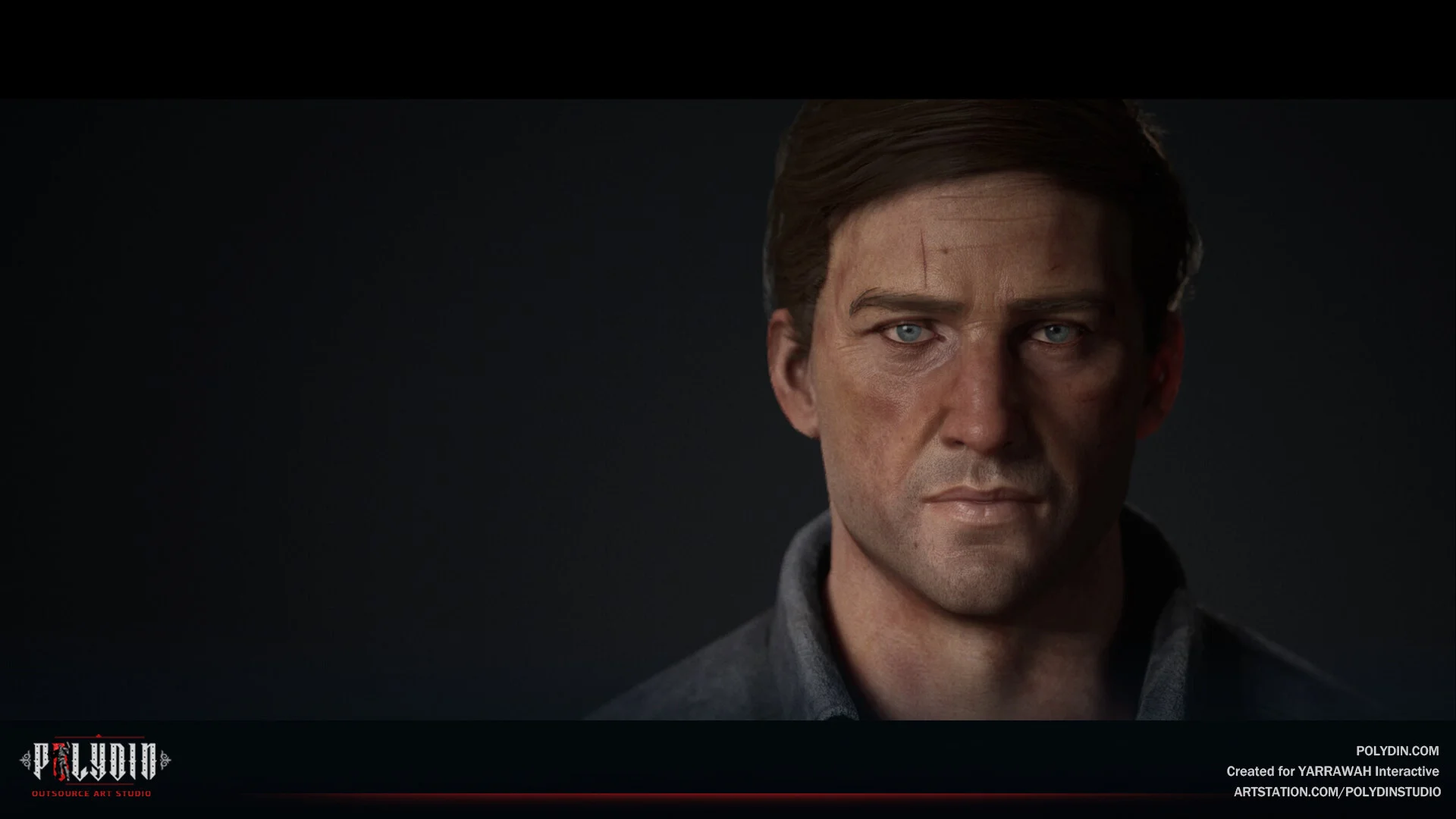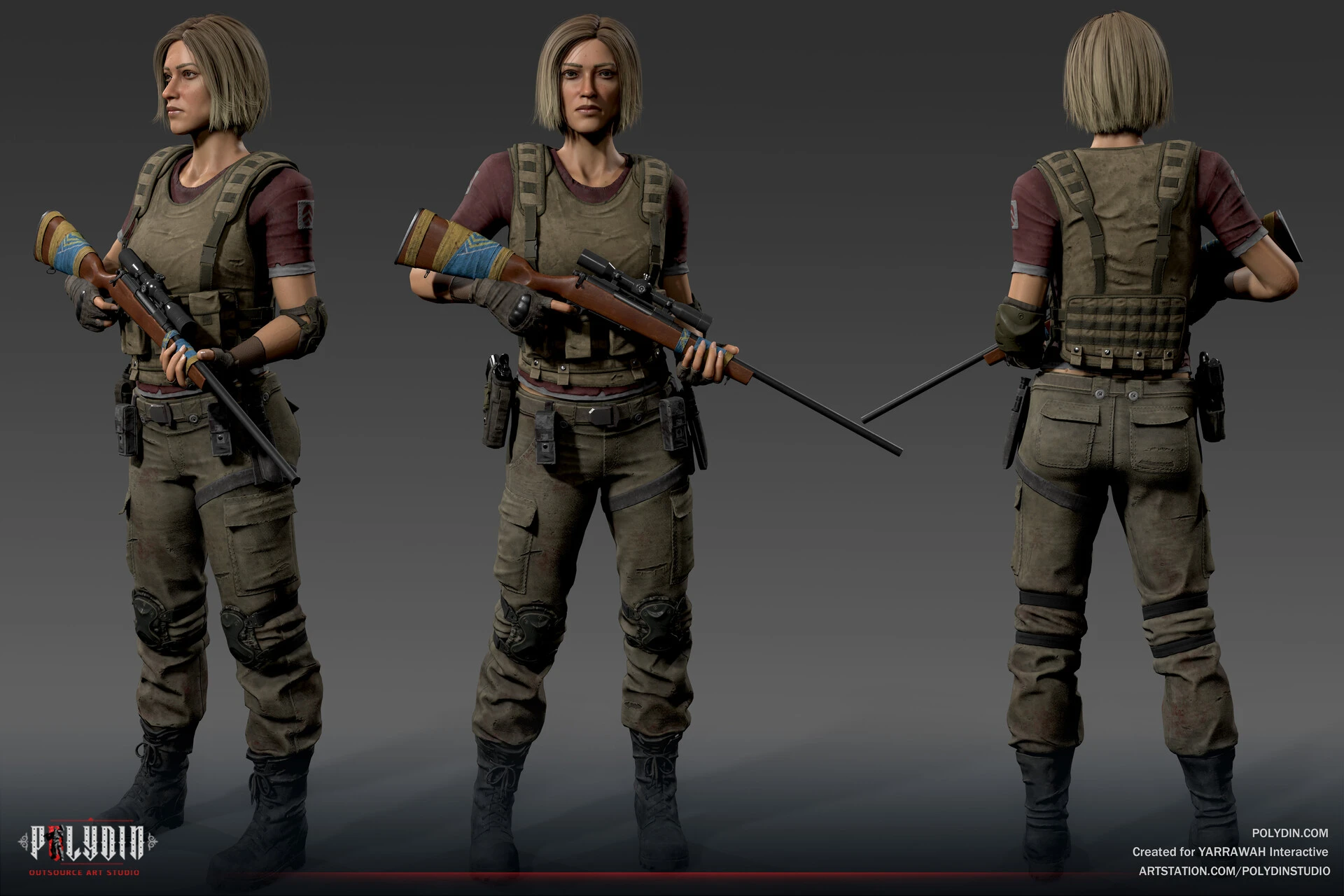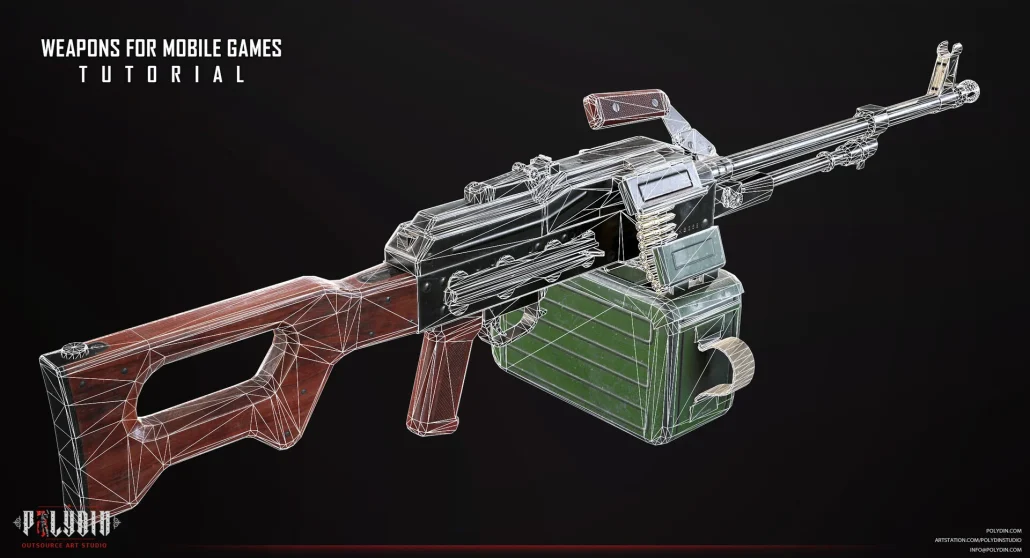Rendering techniques are the artistic brushstrokes that breathe life into the digital canvas of visual storytelling in computer graphics. Understanding the nuances of rendering is paramount for anyone delving into the realms of 3D graphics, gaming, or computer-aided design. This exploration embarks on a journey to unravel the significance of rendering techniques, delving into the diverse types of rendering techniques. From the intricacies of Ray Tracing and Ray Casting to the efficiency of Scanline and Z-Buffer methods and the aesthetic allure of Shading, Lighting, Texture/Bump Mapping, and Radiosity, each technique unveils a unique facet of the visual spectrum. In this detailed exploration, we not only dissect the inner workings of each method but also weigh their pros and cons, providing a comprehensive guide for choosing the right rendering technique tailored to the demands of the digital masterpiece in the making.
Understanding Rendering
Rendering, in the realm of computer graphics, is the transformative process that converts raw geometric data into visually immersive scenes. It is the alchemy that transmutes mathematical models into the rich tapestry of pixels we perceive on our screens. At its essence, rendering is the final, crucial step in the graphics pipeline, where the abstract and mathematical representations of 3D modeling techniques are translated into the vibrant and realistic images we witness in video games, movies, and virtual simulations.
The goal is not merely to depict shapes and structures but to simulate the interplay of light, shadow, color, and texture to create an illusion of reality. Rendering involves a sophisticated interplay of algorithms, mathematics, and artistic considerations, where the science of computation converges with the artistry of visual storytelling. Whether it’s the breathtaking landscapes of a virtual world or the intricacies of a product design, understanding rendering is pivotal for anyone involved in the realms of digital aesthetics and immersive experiences.
Read Also: Understanding 3D Modeling and 3D Rendering
Importance of Rendering Techniques
The significance of Types of Rendering Techniques in the realm of computer graphics cannot be overstated, as they form the bedrock of visual realism and immersive digital experiences. Rendering is the bridge that spans the gap between abstract geometric data and visually captivating scenes, elevating digital creations to a level where they mirror reality. Adept rendering techniques breathe life into the digital canvas, allowing creators to convey depth, texture, and intricate lighting nuances that resonate with human perception.
Whether it’s the lifelike shadows cast by a setting sun or the subtle interplay of light on a character’s facial features, rendering techniques are instrumental in capturing the subtleties that define visual authenticity. In gaming, film, architectural visualization, and numerous other fields, the ability to choose and implement the right Types of Rendering Techniques is paramount to creating compelling and believable visual narratives. As technology advances and the expectations of audiences soar, the importance of rendering techniques remains a cornerstone in pushing the boundaries of what’s visually possible in the digital realm.


The Main Types of Rendering Techniques
In the canvas of computer graphics, Types of Rendering Techniques serve as the brushstrokes that bring digital scenes to life. Each technique has a unique color on the palette, contributing to the visual richness and realism of the final image. In this exploration, we delve into the main types of rendering techniques, dissecting their descriptions, unveiling the intricacies of their operations, and weighing the pros and cons that shape their utility in the world of digital imagery.
Ray Tracing and Ray Casting
Description: Ray Tracing and Ray Casting are techniques that simulate the path of light rays, mimicking the behavior of photons in the real world.
How it Works: Ray Tracing traces rays as they bounce off surfaces, calculating the color and intensity of each pixel. Ray Casting, a simplified version, traces rays from the eye to the scene, determining visible surfaces.
Pros: Realistic lighting and reflections, accurate shadows.
Cons: High computational demand and slower rendering times.
Scanline
Description: Scanline rendering focuses on rendering one scanline at a time, progressing across the image.
How it Works: The renderer scans the image horizontally, determining visible surfaces and applying shading.
Pros: Efficient for certain geometric scenarios, relatively faster rendering.
Cons: Limited in handling complex scenes, may struggle with certain artifacts.
Z-Buffer
Description: Z-Buffer, or depth-buffering, involves assigning a depth value to each pixel, determining which objects are visible.
How it Works: Compares the depth values of pixels, rendering the closest visible objects.
Pros: Efficient for handling complex scenes, accurate depth representation.
Cons: Memory-intensive for high-resolution images.
Shading and Lighting
Description: Shading and Lighting techniques focus on simulating how light interacts with surfaces, influencing the visual atmosphere.
How it Works: Shading determines the color of each pixel, while Lighting calculates the impact of light sources.
Pros: Adds realism and depth and enhances visual appeal.
Cons: Requires careful tuning for optimal results, computationally demanding.
Texture/Bump Mapping
Description: Texture Mapping applies detailed images to surfaces, while Bump Mapping simulates surface irregularities for added realism.
How it Works: Textures are wrapped around surfaces, and Bump Mapping perturbs normals to simulate surface variations.
Pros: Enhances surface detail and adds realism.
Cons: It can be resource-intensive and may require careful mapping for quality.
Radiosity
Description: Radiosity calculates indirect illumination by simulating the exchange of light between surfaces.
How it Works: The renderer computes the energy transfer between surfaces, creating a realistic lighting solution.
Pros: Realistic global illumination enhances visual fidelity.
Cons: Computationally expensive, challenging for dynamic scenes.


Choosing the Right Rendering Technique
Selecting the appropriate types of rendering techniques is a pivotal decision in the digital creation process, where the realms of art and science converge. This decision hinges on various factors, each influencing the visual outcome and computational efficiency of the rendering process. Here’s an in-depth exploration of the considerations that guide the nuanced art of choosing the right rendering technique:
- Scene Complexity:
- The intricacy of the scene plays a crucial role. For complex, highly detailed environments, techniques like Ray Tracing may be preferred to capture realistic reflections and intricate lighting nuances. Simpler scenes may benefit from more efficient methods like Scanline rendering.
- Computational Resources:
- The computational demands of rendering techniques vary significantly. High-fidelity methods such as Ray Tracing require substantial computing power and may not be suitable for real-time applications. Considerations of hardware capabilities and performance goals are integral to the decision-making process.
- Realism vs. Speed:
- The balance between realism and rendering speed is a perpetual consideration. Techniques like Z-Buffer may sacrifice some realism for faster rendering times, making them suitable for applications where real-time responsiveness is critical.
- Artistic Vision:
- The aesthetic vision of the creator is paramount. Some techniques excel at capturing specific visual effects, like the detailed surface realism achieved through Texture/Bump Mapping. The desired look and feel of the final output often guides the choice.
- Interactivity Requirements:
- Applications that demand real-time interactivity, such as video games, necessitate rendering techniques that can deliver frames quickly. Scanline rendering, with its efficiency, might be a preferable choice in such scenarios.
- Memory Constraints:
- The amount of available memory influences the choice of rendering technique. Memory-intensive methods like Ray Tracing might pose challenges in resource-constrained environments, making memory-efficient alternatives like Z-Buffer more viable.
- Dynamic vs. Static Scenes:
- Rendering dynamic, changing scenes introduces additional challenges. Techniques like Radiosity, while providing realistic global illumination, might struggle with dynamic content. Understanding the dynamic nature of the scenes helps in selecting techniques that can adapt effectively.
- Artistic Freedom:
- Some rendering techniques offer greater artistic freedom in terms of customization and fine-tuning. Shading and Lighting techniques, for instance, allow artists to meticulously craft the visual atmosphere, providing a high level of control over the final aesthetic.
- Platform Considerations:
- The target platform influences the choice of rendering technique. Techniques suitable for high-end gaming PCs might not be feasible for mobile devices with limited processing power. Adapting the technique to the platform ensures optimal performance.
- Future Compatibility:
- Considering the evolving landscape of technology, opting for rendering techniques that align with future advancements ensures that the created content remains relevant and can leverage emerging capabilities.
Ultimately, the art of choosing the right types of rendering techniques is a nuanced interplay of technical considerations and artistic intent. It requires a deep understanding of the specific requirements of the project, the capabilities of the underlying hardware, and the desired visual impact. As technology advances, the decision-making process continues to evolve, offering creators an expanding toolkit to weave their digital tapestries with precision and creativity.


